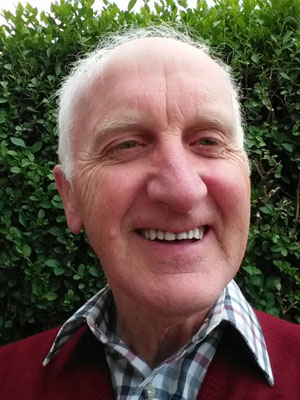Colin Clarke, Independent Researcher
 Colin Clarke trained as a mechanical engineer, qualified as a cycling coach in 1970, has cycled for 60 years in more than 20 countries and has worked as a road safety instructor teaching children how to ride bicycles safely. He was living in Melbourne, Australia, when that country's helmet laws were introduced and has investigated the helmet issue for many years.
Colin Clarke trained as a mechanical engineer, qualified as a cycling coach in 1970, has cycled for 60 years in more than 20 countries and has worked as a road safety instructor teaching children how to ride bicycles safely. He was living in Melbourne, Australia, when that country's helmet laws were introduced and has investigated the helmet issue for many years.
Colin is a member of an international group which focuses on helmet research and the social, health and legislative aspects. His published helmet research papers include, ‘Evaluation of New Zealand’s bicycle helmet law’, ‘Evaluation of Australia's bicycle helmet laws’, ‘Weaknesses with a meta-analysis approach to assessing cycle helmets’ and ‘Evaluating cycling fatality risk with a focus on cycle helmet use’.
The latest paper, with co-author Chris Gillham, ‘Effects of bicycle helmet wearing on accident and injury rates’, adds to the understanding by showing that a higher fall rate appears to result from helmet use - and questions whether helmet use provides safety benefits.
Presentation: Effects of bicycle helmet wearing on accident and injury rates
Bicycle helmet wearing globally has increased over the past 30 years via promotion and in some cases legislation. Various reports have assessed the changes in wearing rates, accidents, injuries and cycling activity levels. A limited number of reports have analysed overall changes in accident risk per kilometres cycled, per hours cycled or in relationship to cycling levels via survey information.
A significant number of findings suggest a higher accident/injury rate may result from helmet usage. Accident data from Australia, the United States, Canada, the United Kingdom and New Zealand indicate the accident rate per hour cycled or per miles cycled has increased with greater helmet usage, most likely from a greater proportion and number of upper limb injuries. Consideration is given to why the accident rate may change and if overall safety is improved or reduced by helmet usage.
